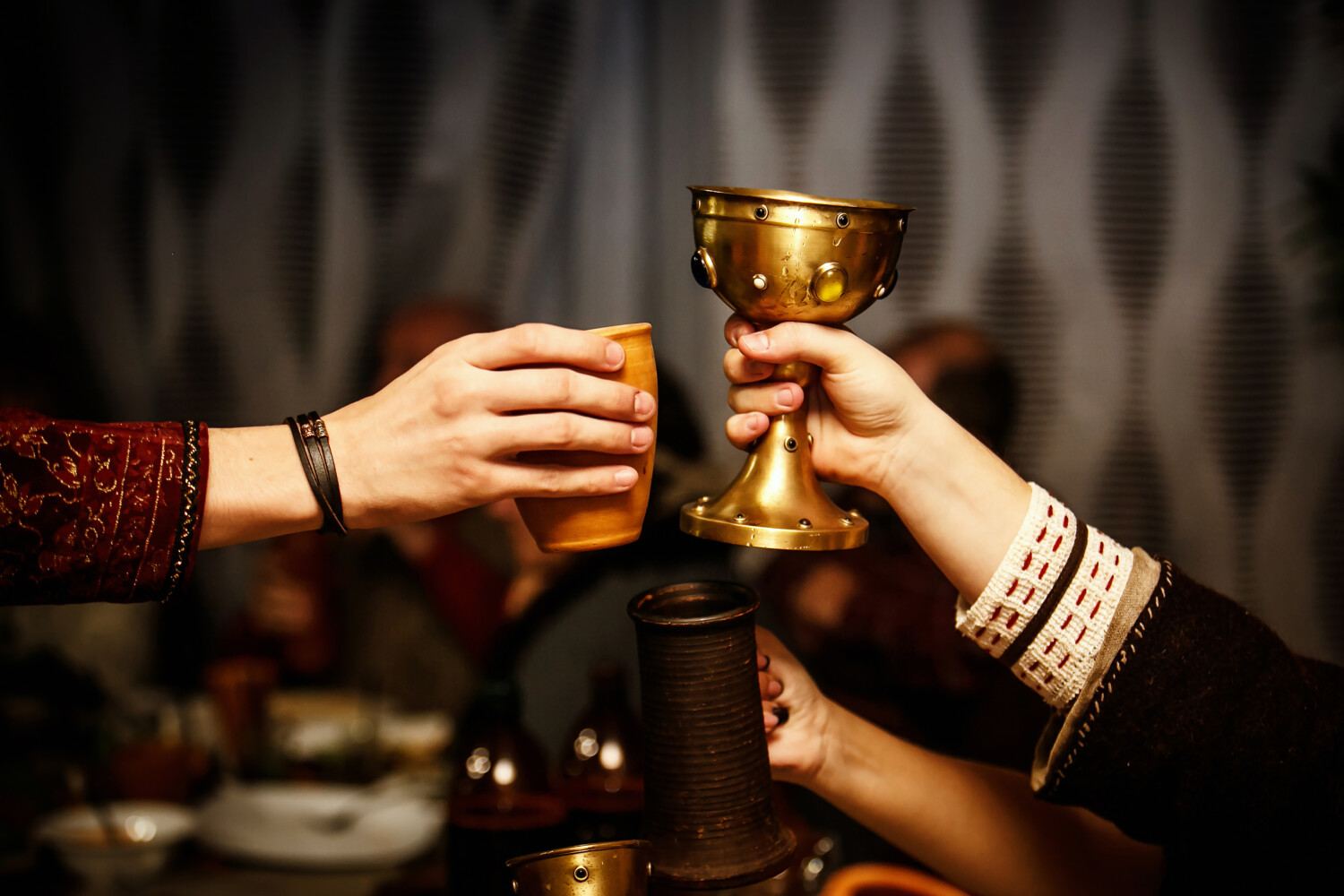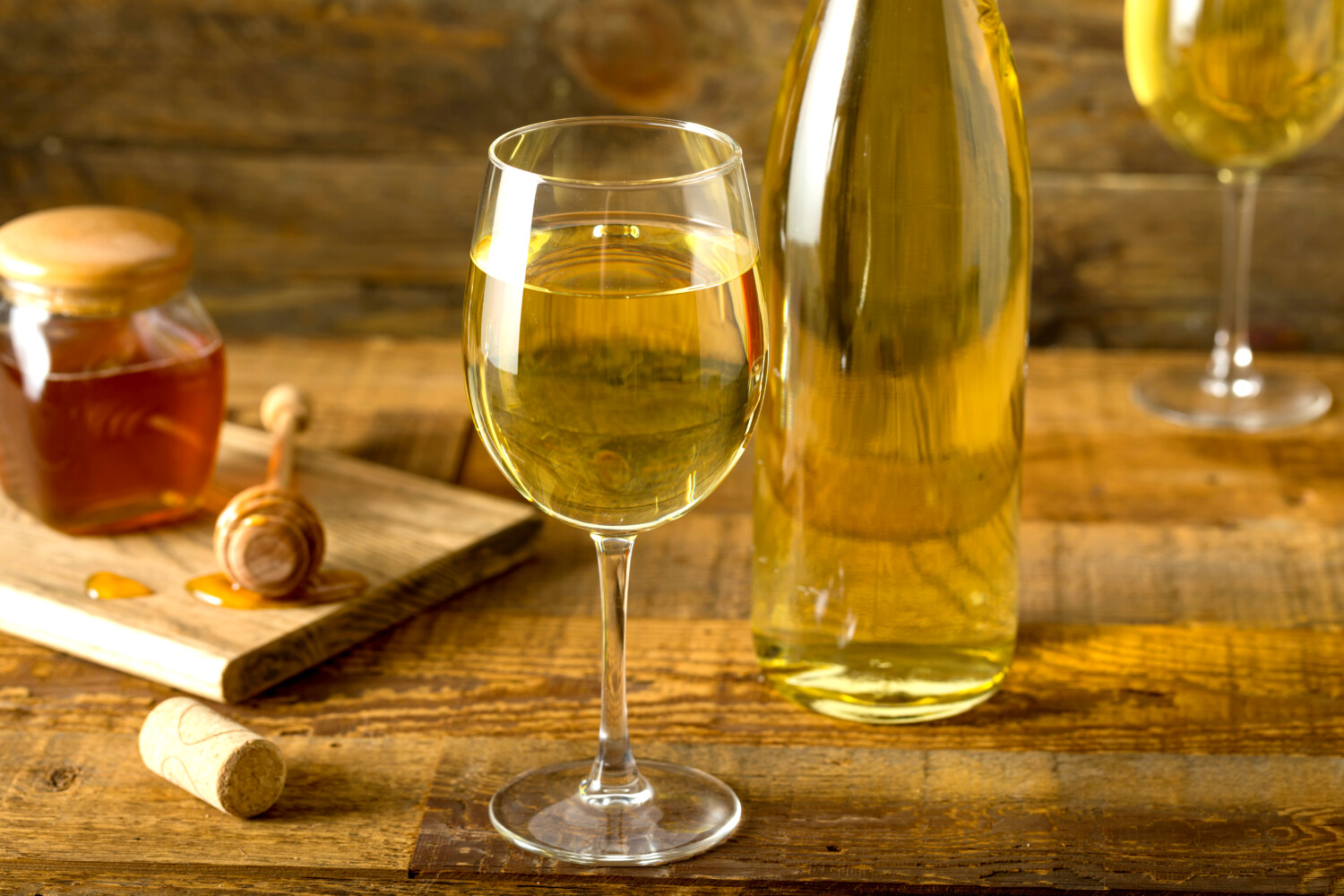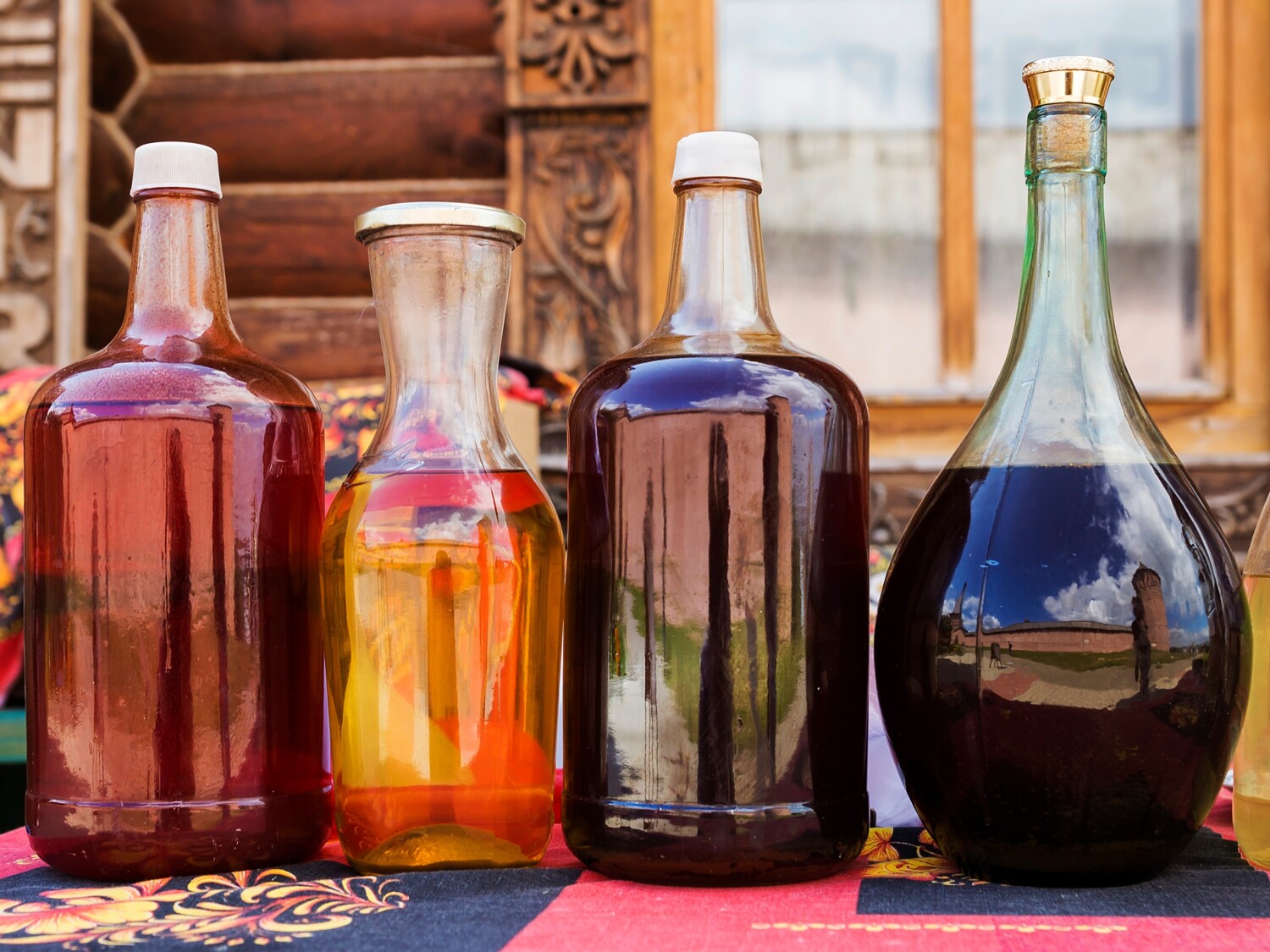From simplemost.com
This fermented drink is making a comeback
Hear the word “mead” and you probably think of the medieval and Renaissance eras, or Mount Olympus, or Vikings toasting large metal tankards of the alcoholic beverage.
But mead predates even those intrepid Norsemen and early Greeks — making it the world’s oldest alcoholic beverage! And like craft beer in the last few decades, mead has seen a resurgence in popularity, both for those who make it and those who drink it.
If you’re curious about mead and why it’s so appealing to some, here’s what you need to know.

What Is Mead?
So what exactly is mead? And why do people like it?
While it is sometimes labelled as “honey wine,” mead isn’t really a wine or a beer. The simplest form of mead is made from honey and water that’s been fermented with yeast. The key distinction that gives mead its identity is honey.
Millennials and their pursuit of new tastes and flavours are behind the rise in mead’s popularity, according to Fortune Business Insights. The company projects that global mead profits will rise from $487.9 million in 2021 to $1.62 million in 2028.
On top of that, commercial meaderies have grown in the U.S. from about 60 in 2003 to 450 in 2020, the American Mead Makers Association notes. That number doesn’t include wineries and breweries that also make at least one type of mead.

The History Of Mead
Mead may not yet be as popular as wine or beer, but it’s probably older than both. Traces of an alcoholic beverage made from wild grapes, honey and rice were found in 9,000-year-old pottery jars in the Henan province of China, and archaeologists have found proof of mead production dating to 7,000 B.C., according to research.
WineCountry reports that more recent research indicates mead may have originated in Africa 20,000-40,000 years ago, when tribes would drink the liquid created by honeybees in hollowed-out tree trunks. Rainwater may have flooded beehives, causing early foragers to drink contents that had naturally fermented with help from airborne yeast.
Mead was called the “nectar of the Gods” in ancient Greece and given to warriors after battle. However, the health benefits of mead due to the antioxidant and antimicrobial elements of honey or the probiotic aspect of mead itself have not been proven.
Mead is prominently featured in the ancient texts “Beowulf” and the “The Canterbury Tales.” Supposedly the term “honeymoon” comes from the practice of a couple drinking mead for a “moon,” or a month, after getting married in hopes that it would help them conceive.
But mead became less popular as wine, beer and spirits rose in popularity while sugar from the West Indies became more available than honey.
“Mead seems to fall when spirits became more widely available, so we’re looking at a time between the 1700s and 1800s,” Fred Minnick, author of “Mead: The Libations, Legends, and Lore of History’s Oldest Drink,” told Vogue about the era when mead-making started to drop off. “Mead is hard to make, especially in the 1700s when you lacked the equipment to obtain honey.”
A modern U.S. resurgence in mead started in the 1960s, although it was initially hampered by interstate commerce laws and other issues.

What Kinds Of Mead Are There?
Alcoholic beverages are classified by the type of sugar that’s eaten up by yeast in their creation. Mead has honey. Wine has grapes (or other fruits). Cider has apples. Sake uses rice and beer incorporates cereal grains.
Mead can be dry, semi-sweet or sweet, as well as still, “petillant” (lightly carbonated), or carbonated.
Mead typically contains 8%-20% alcohol by volume (ABV), though “session”-style meads are growing in popularity and have ABV numbers closer to 3%-7%. These hydromel meads have higher water and lower alcohol content. Meanwhile, higher alcohol meads tend to be thick and sweet, almost like syrup.
There are several substyles of mead. These include the following:
- Melomel is mead with fruit added. Two common melomel types are cyser, mead with apples, and pyment, mead made with grapes.
- Metheglin has spices like nutmeg or vanilla.
- Braggot is a fusion between mead and beer because it has malted grains.
- Acerglyn uses maple syrup.
- Bochet uses caramelized honey.
A huge range of flavors can be incorporated into mead as long as honey is at the forefront.
How To Serve And Enjoy Mead
Mead can be served hot or cold. That’ll vary according to your taste preference, but going roughly by wine standards gives you a general idea. Lighter or more fermented meads tend to be served cold but not so cold that you can’t taste the different flavours. Heavier styles of mead can be served warm. Mead should be stored at around 70 degrees Fahrenheit in a dark area.
The local lilikoi (passion fruit) and pineapple mead I tried recently, which is pictured below, was served cold and tasted like a cider because of the fruit and carbonation in this variety. But it wasn’t as sweet as cider and you could definitely taste the honey.

How To Make Mead
First off, if you make mead, you’re not a brewer or a vintner, you’re a “mead maker.” Most mead makers do use yeast that comes from the wine industry and is designed to withstand alcohol between 14%-18%. Mead can also be aged or oaked like some types of wine.
The type of honey you use changes your resulting mead. And honey is also why mead tends to cost more than beer or cider. You need a lot of honey to make mead and it’s a costlier ingredient than what goes into beer.
A clean and low-mineral water source is important as well. Because honey does not have a lot of nutrients for fermentation, mead makers often put additives in their mead to help the fermentation and create a complexity of flavours.
If you’re interested in trying your hand at making mead at home, there are now many resources and supplies available online, including Got Mead?, the Mead Forum at Homebrew Talk and Meadist.
https://www.simplemost.com/what-you-should-know-about-mead-the-worlds-oldest-alcoholic-beverage/
No comments:
Post a Comment